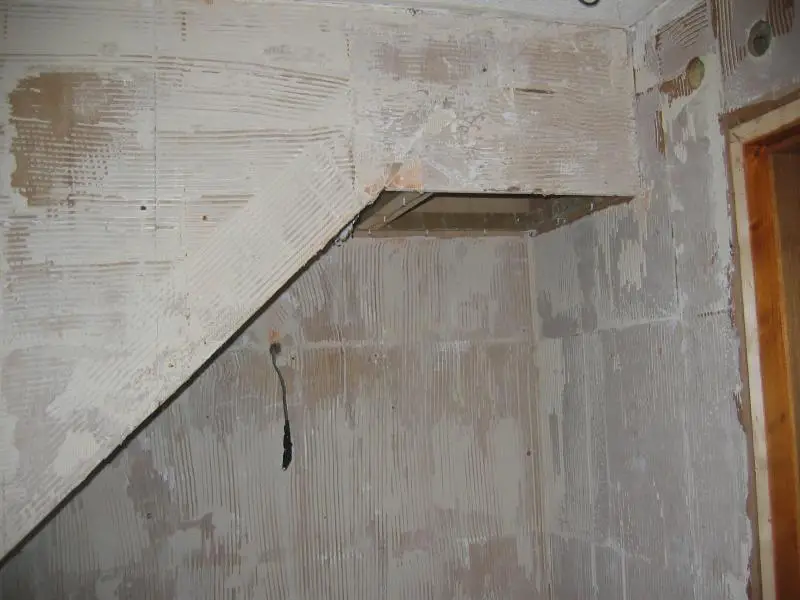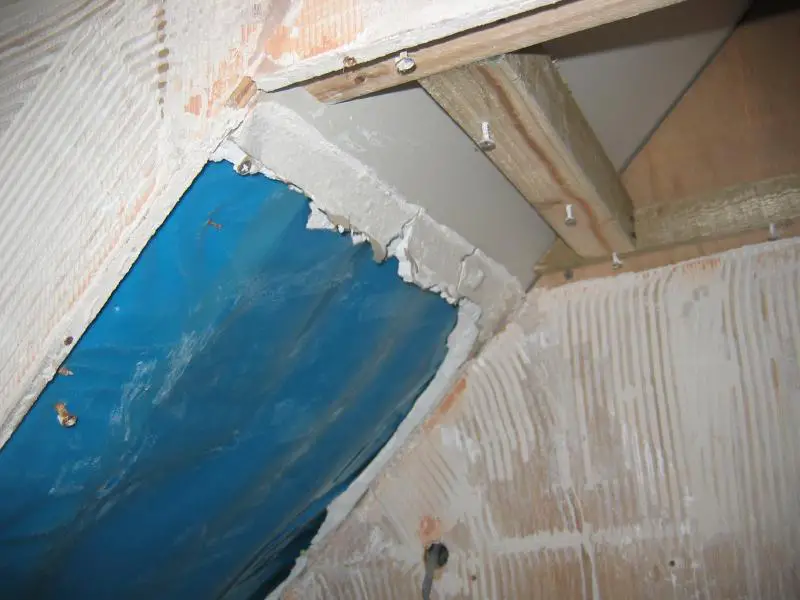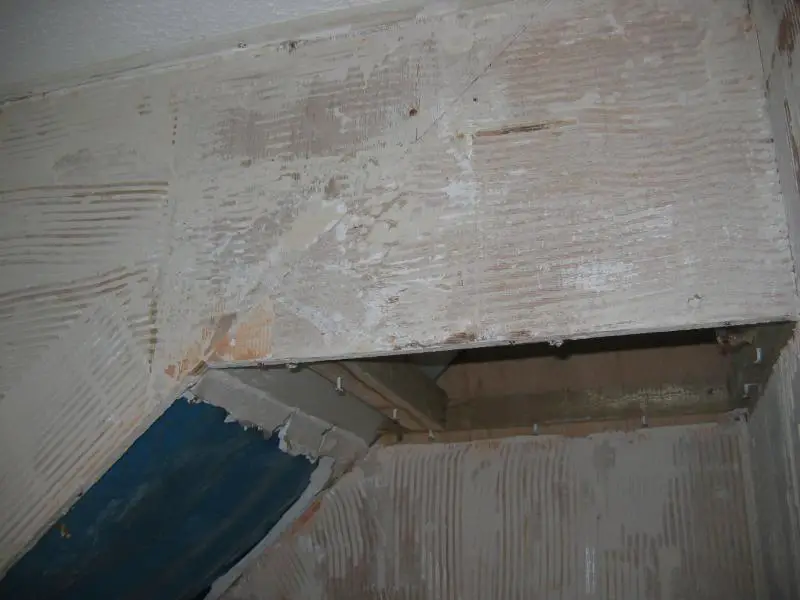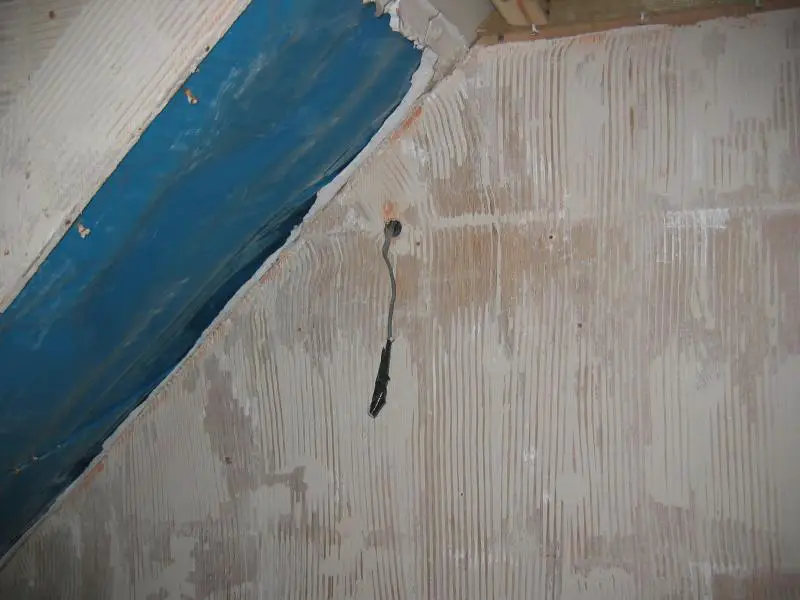Hi folks,
Im currently in the process of refitting a bathroom and am at the stage where I am removing everything before starting to consider putting some new stuff in.
Whilst removing the radiator I noticed that the floor tiles around the trv pipe had raised up a little due to a leak allowing water to swell the wood underneath. I tore out all the softened wood till I reached more solid wood again and am left with a circle about 10inches in diameter which will need replaced.
Since removing the bath, (which was also the shower) I noticed another area where this had happened and the soft wood needed to be removed.
OK so Im thinking Ill need to cut some peices of MDF to fit these holes once I cut them back to a regular shape but then I started trying to remove the floor tiles. What a nightmare. I am a big strong lass but I can barely make any progress with it so I got to thinking.
Why not just whip out the whole floor and replace it with one or more sheets of 18mm ply.
Anyone have any thoughts about why this may or may not be a good idea and what might be the best type of wood to use?
thanks in advance..
Paula
Im currently in the process of refitting a bathroom and am at the stage where I am removing everything before starting to consider putting some new stuff in.
Whilst removing the radiator I noticed that the floor tiles around the trv pipe had raised up a little due to a leak allowing water to swell the wood underneath. I tore out all the softened wood till I reached more solid wood again and am left with a circle about 10inches in diameter which will need replaced.
Since removing the bath, (which was also the shower) I noticed another area where this had happened and the soft wood needed to be removed.
OK so Im thinking Ill need to cut some peices of MDF to fit these holes once I cut them back to a regular shape but then I started trying to remove the floor tiles. What a nightmare. I am a big strong lass but I can barely make any progress with it so I got to thinking.
Why not just whip out the whole floor and replace it with one or more sheets of 18mm ply.
Anyone have any thoughts about why this may or may not be a good idea and what might be the best type of wood to use?
thanks in advance..
Paula





